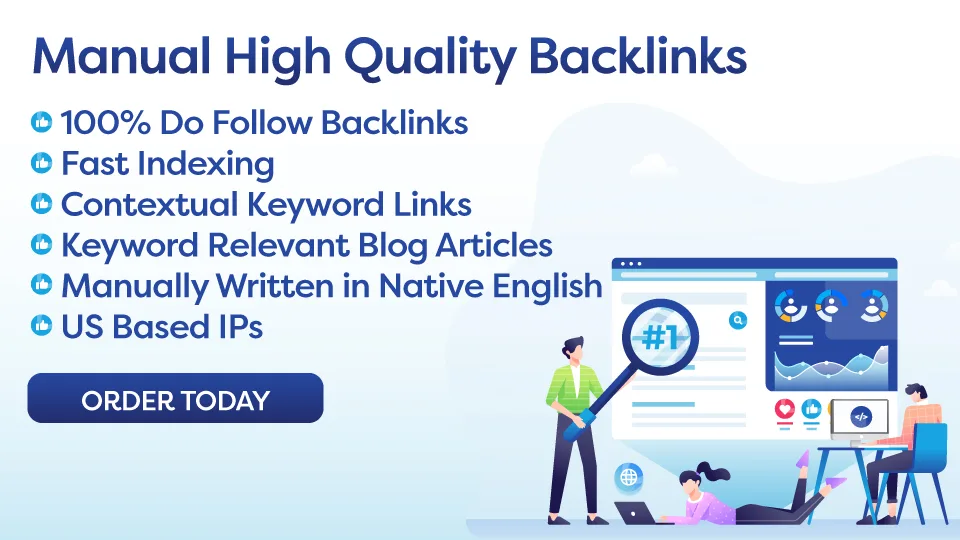In the saturated online marketplace, small retailers need a strong e-commerce SEO strategy to stand out. This involves understanding keywords, site structure, and page speed. Optimizing product pages with unique descriptions and images is vital, as is creating high-quality content like blogs and videos. Leveraging social media for social signals can also boost SEO, along with monitoring and measuring efforts with analytics tools. An action plan includes keyword research, content creation, social media promotion, and performance monitoring. Implementing these strategies can help small retailers improve online visibility and drive sales in a competitive online market.
**Excerpt:** E-commerce SEO for small retailers: How to boost your online visibility and drive more sales.
**Introduction:**
In today’s saturated online marketplace, having a strong e-commerce SEO strategy is crucial for small retailers to stand out from the competition and reach potential customers. With the majority of consumers turning to search engines like Google to discover new products and make purchases, optimizing your website for search engines is a must. But for many small business owners, the world of SEO can seem overwhelming and confusing. In this article, we will break down e-commerce SEO for small retailers and provide practical tips and strategies to help you improve your online visibility and drive more sales.
**Key Takeaways:**
1. Understanding the basics of e-commerce SEO
2. Optimizing product pages for search engines
3. Creating high-quality content for better SEO results
4. Leveraging social media for SEO
5. Monitoring and measuring the success of your SEO efforts
**Understanding the basics of e-commerce SEO**
– Importance of keywords in e-commerce SEO
– Importance of site structure and page speed in e-commerce SEO
Search engine optimization (SEO) is the process of optimizing your website so that it appears higher in search engine results pages (SERPs) when users search for relevant keywords. Keywords play a crucial role in e-commerce SEO as they are the terms that users type into search engines when looking for products or services. Conduct keyword research to identify relevant and high-traffic keywords that are related to your products or industry. Utilize these keywords strategically throughout your website, including in page titles, meta descriptions, headings, and product descriptions.
In addition to keywords, site structure and page speed are also essential for e-commerce SEO. Make sure your website has a clear and user-friendly site structure that makes it easy for search engines to crawl and index your pages. Ensure that your website loads quickly, as page speed is a ranking factor that can impact your SEO performance. Optimize images, enable browser caching, and reduce server response time to improve your website’s loading times.
**Optimizing product pages for search engines**
– Crafting unique product descriptions
– Optimizing product images for SEO
One of the most important aspects of e-commerce SEO is optimizing your product pages. Each product page should have a unique and compelling product description that includes relevant keywords. Avoid using generic manufacturer descriptions and instead, create original content that provides value to your customers. Add customer reviews, ratings, and specifications to enhance the quality of your product pages and improve your SEO performance.
Optimizing product images is another key aspect of e-commerce SEO. Use descriptive filenames and alt text for your product images to help search engines understand what the image is about. Compress images to reduce file size and improve loading times, which can have a positive impact on your SEO rankings. Additionally, use high-quality images that showcase your products in the best possible light to attract more customers.
**Creating high-quality content for better SEO results**
– Importance of blog content in e-commerce SEO
– Incorporating video content for SEO
High-quality content is essential for e-commerce SEO as it helps you attract and engage customers, generate backlinks, and improve your search engine rankings. Consider creating a blog on your website where you can publish informative and valuable content that is relevant to your target audience. Write blog posts about industry trends, product reviews, how-to guides, and other topics that your customers are interested in. Optimize your blog posts for SEO by including relevant keywords, internal links, and meta tags.
In addition to written content, consider incorporating video content into your e-commerce SEO strategy. Videos are highly engaging and can help you showcase your products in a more dynamic and interactive way. Create product demo videos, customer testimonials, behind-the-scenes footage, and other types of video content that can attract and retain customers. Optimize your videos for SEO by adding titles, descriptions, and tags that include relevant keywords.
**Leveraging social media for SEO**
– Importance of social signals in SEO
– How to use social media to drive traffic to your website
Social media plays a crucial role in e-commerce SEO as it can help you increase brand awareness, drive traffic to your website, and generate social signals that can improve your search engine rankings. Create profiles on popular social media platforms like Facebook, Instagram, Twitter, and LinkedIn, and post regularly to engage with your audience and promote your products. Share blog posts, product updates, promotions, and other content that is relevant to your followers.
Encourage your customers to share your content on social media and leave reviews and ratings on your website to increase social signals. Engage with your audience by responding to comments, messages, and mentions, and participate in conversations related to your industry. Use social media advertising to reach a wider audience and drive more traffic to your website. Monitor your social media performance and track key metrics like engagement, reach, and conversions to measure the success of your social media efforts.
**Monitoring and measuring the success of your SEO efforts**
– Importance of analytics in e-commerce SEO
– Using tools to track and analyze SEO performance
After implementing your e-commerce SEO strategy, it is important to monitor and measure the success of your efforts to see what is working and what can be improved. Use analytics tools like Google Analytics to track key metrics such as organic traffic, conversion rates, bounce rates, and keyword rankings. Set up goals and e-commerce tracking to monitor the performance of your website and measure the impact of your SEO efforts on your business.
Use SEO tools like SEMrush, Ahrefs, Moz, and Google Search Console to track and analyze your SEO performance. Monitor your website’s ranking on search engine results pages for relevant keywords, analyze your backlink profile, and audit your website for SEO issues. Use this data to make informed decisions and adjustments to your SEO strategy to improve your online visibility and drive more sales.
**Action Plan:**
1. Conduct keyword research and optimize your website for relevant keywords
2. Create high-quality content, including blog posts and videos, to attract and engage customers
3. Use social media to promote your products and drive traffic to your website
4. Monitor and measure the success of your SEO efforts using analytics tools and make adjustments as needed
**Conclusion:**
In conclusion, e-commerce SEO is a powerful tool that can help small retailers improve their online visibility, attract more customers, and drive more sales. By understanding the basics of e-commerce SEO, optimizing product pages, creating high-quality content, leveraging social media, and monitoring and measuring the success of your efforts, you can take your online business to the next level. Follow the action plan outlined in this article to start implementing these strategies and see positive results in your e-commerce SEO performance.
**FAQs:**
1. How can I improve my website’s loading speed for SEO?
2. What are social signals and how do they impact SEO?
3. How often should I publish blog content for SEO purposes?

